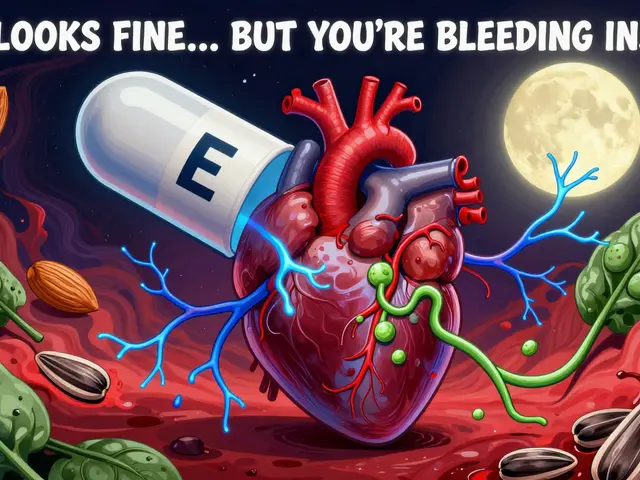Hypertension treatment: practical steps to lower your blood pressure.
High blood pressure quietly damages your heart, kidneys and brain. You can lower it with simple changes and the right meds. This guide tells you what to try first, how common drugs work, and when to call a doctor.
Quick changes that help
Cut one to two teaspoons of salt a day and cook more at home. Swap processed snacks for fresh fruit and whole grains. Aim for 150 minutes of moderate exercise per week, and brisk walking counts. Lose even five percent of body weight and blood pressure often drops. Limit alcohol to one drink a day for women and two for men. Quit smoking and manage stress with better sleep, short walks, or breathing work.
Medications you should know
If lifestyle changes do not do enough, doctors add medicine. There are five main groups: diuretics, ACE inhibitors, ARBs, calcium channel blockers, and beta blockers. Diuretics help kidneys remove extra fluid and are often first choice. ACE inhibitors and ARBs relax blood vessels and suit people with diabetes or kidney problems. Calcium channel blockers lower vessel tension and work well in older adults. Beta blockers reduce heart rate and help when other heart conditions exist. Often two medicines at low doses work better than one at a high dose.
How meds are chosen: Your age, other health problems, and possible side effects guide the choice. For example, people who cough with ACE inhibitors may switch to an ARB. Those with swelling or dizziness might try a different class. Drug interactions matter, so always tell your pharmacist what you take. Keep a list of prescriptions and supplements with you.
Monitoring at home: Buy a validated home blood pressure cuff and record readings twice daily for one week. Bring the log to appointments. Targets vary but many aim for below 130 over 80 if you have heart disease or diabetes. Watch for dizziness when standing, persistent cough, swelling, or sudden weight gain. If readings exceed 180 over 120 or you have chest pain, call emergency services.
Practical tips: Set a pill routine tied to a daily habit like breakfast. Use a pillbox or phone reminder. Review treatment every three months until stable, then every six to twelve months. Combine lifestyle steps with medicines for the best results. Talk openly with your clinician about side effects and costs, and ask about generic options.
If you have other conditions like high cholesterol, diabetes or thyroid issues, treatment choices may change. For example, statins are used for cholesterol and some blood pressure drugs pair well with them. Share your full medical history so your care team can pick safe options. Ask about low cost generics and local support programs. Start with one change today now.
Need help? If you feel overwhelmed, ask your pharmacist for clear dosing tips and your doctor for a simpler plan. Controlling blood pressure lowers the chance of heart attack, stroke and kidney loss. Small steady steps make a big difference.
Managing Hypertension: Benefits of Enalapril-Hydrochlorothiazide Combination
Living with hypertension can be challenging, but medications like enalapril-hydrochlorothiazide offer a potent solution for managing blood pressure levels. This article explores the role of this combination drug in hypertension treatment, its benefits, possible side effects, and tips for effective use. Understanding how this medication works empowers individuals to make informed choices about their health. Alongside medical advice, lifestyle changes enhance the efficacy of treatment for a healthier, stress-free life.





